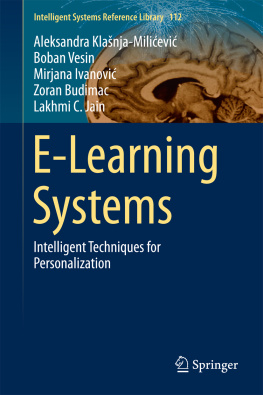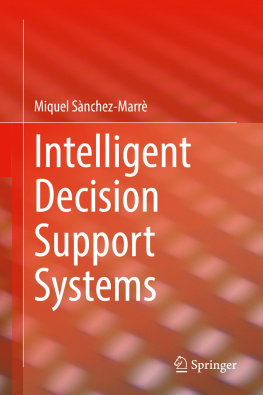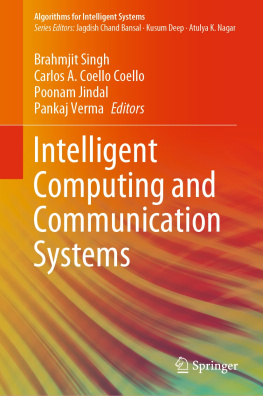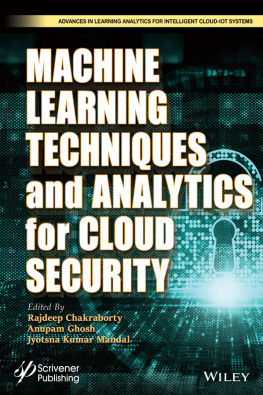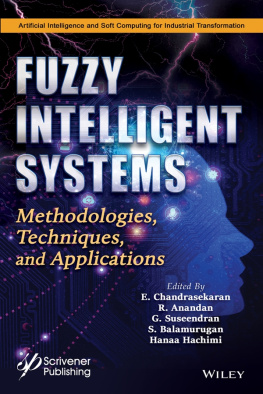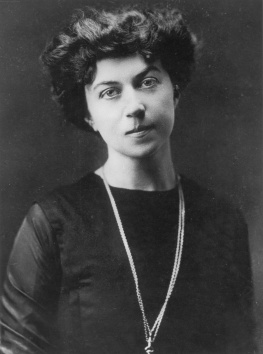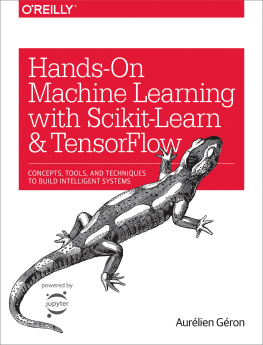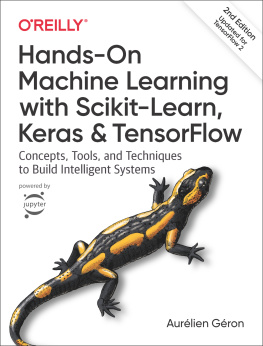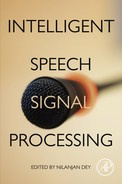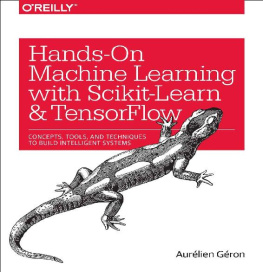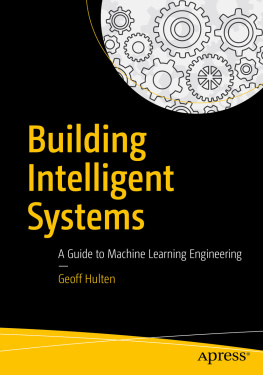Springer International Publishing Switzerland 2017
Aleksandra Klanja-Milievi , Boban Vesin , Mirjana Ivanovi , Zoran Budimac and Lakhmi C. Jain E-Learning Systems Intelligent Systems Reference Library 10.1007/978-3-319-41163-7_1
1. Introduction to E-Learning Systems
Abstract
Recently e-learning systems are experiencing rapid development. The advantages of learning through a global network are manifold and obvious: the independence of time and space, learners can learn at their own pace, learning materials can be organized in one place and used-processed all around the world. One of the most important segments in todays development and use of the e-learning system is the personalization of content and building of user profiles based on the learning behaviour of each individual user. The personalization options increase efficiency of e-learning, thus justifying the higher initial cost of their construction. In order to personalize the learning process and adapt content to each learner, e-learning systems can use strategies that have the ability to meet the needs of learners. Also, these systems have to use different technologies to change the environment and perform the adaptation of teaching materials based on the needs of learners. The process of adaptation can be in the form of adaptation of content, learning process, feedback or navigation. This chapter introduces the motivation and objectives studied in the subsequently presented research, and presents major standards and specifications in e-learning.
Recently e-learning systems are experiencing rapid development. The advantages of learning through a global network are manifold and obvious: the independence of time and space, learners can learn at their own pace, learning materials can be organized in one place and used-processed all around the world. E-learning is therefore proved to be efficient, flexible and affordable. Development of e-learning capacities is obviously much more demanding and more expensive than the development of a static system since it is desirable for the system to provide different forms of the same teaching materials which are needed for the successful implementation of personalized learning. However, the personalization options increase efficiency of e-learning, thus justifying the higher initial cost of their construction.
One of the most important segments in todays development and use of the e-learning system is the personalization of content and building of user profiles based on the learning behaviour of each individual user. The constructed profile is intended to help the system in the selection of content and information presented to the user at a given moment. In order to personalize the learning process and adapt content to each learner, e-learning systems can use strategies that have the ability to meet the needs of learners. Also, these systems have to use different technologies to change the environment and perform the adaptation of teaching materials based on the needs of learners. The process of adaptation can be in the form of adaptation of content, learning process, feedback or navigation.
1.1 Web-Based Learning
Web-based learning involves all aspects of the learning process that use the World Wide Web as a basic technology and the medium of communication. Other terms are also used such as Online learning, Virtual education, Internet-based learning or Education via computer-mediated communication (Devedzic ).
Basic characteristics of Web-based learning (Harsh and Sohail ) are:
separation of teachers and learners (that is the main difference of this type of learning compared to the traditional),
the use of Web technologies for presentation and distribution of educational content,
possibilities for two-way communication among learners and between learners and teachers.
Since 1990, Web-based learning has become an important branch of education. For learners it offers virtually unlimited access to information and knowledge. It also offers customization of courses to each individual learner, telelearning, the possibilities of mutual cooperation among learners and clear benefits of classroom and platform independence (Brusilovsky ).
On the other hand, teachers and course authors may use numerous benefits of online courses, such as teleteaching, authoring tools for course development, inexpensive and efficient data storage and distribution of course materials, digital libraries, etc.
There are a number of important elements associated with Web-based learning, such as: e-learning, distance learning and personalized learning. The following sections include further clarified certain concepts and related technologies.
1.2 E-Learning
The term e-learning has been in existence since October 1999 when it was used during a CBT Systems seminar in Los Angeles. Together with the terms online learning and virtual learning, this word was meant to qualify a way to learn based on the use of new technologies allowing access to online, interactive and sometimes personalized training through the Internet or other electronic media (intranet, extranet, interactive TV, CD-ROM, and so on), so as to develop competencies while the process of learning is independent from time and place (Barth et al. ).
By some definitions, e-learning includes not only the Internet as a technical support to learning, but also other media and resources such as Intranet, audio and video discs, satellite broadcasting of lectures, interactive television, wireless and mobile devices, and so on (Devedzic ). One of the objectives of e-learning is the development of individualized, understandable and dynamic learning content in real time.
E-learning can be realized in or out of the classroom. It can be self-paced, asynchronous learning or it may also be instructor-led, synchronous learning. E-learning usually stands for distance flexible learning. Except that e-learning can be used in blended learning form, i.e. in conjunction with traditional face-to-face teaching. We are nowadays witnessing the emergent contemporary new technologies and methods that make big differences and challenges in all kinds of educational settings.
On the other hand, the principles behind e-learning and early forms of e-learning existed even in the 19th century. Long before the appearance of the internet, distance courses on particular subjects were being offered to students from different countries. Isaac Pitman, a qualified teacher, taught the pupils shorthand via correspondence in the 1840s. In fact Pitman was sent completed assignments by his students via the mail system and (s)he would then send them more work to be finished.
The first testing machine, allowing students to test their knowledge, was invented in 1924. In 1954, B.F. Skinner, a Harvard Professor, invented the teaching machine. This machine enabled schools to administer programmed instruction to the students. The first computer based training program, starting from University of Illinois, was PLATO-Programmed Logic for Automated Teaching (Murphy and Appeal ). PLATO was equipped with many modern concepts in multi-user computing like: e-mail, instant messaging, chat rooms, forums, message boards, online testing, picture languages, remote screen sharing, and multiplayer games.

